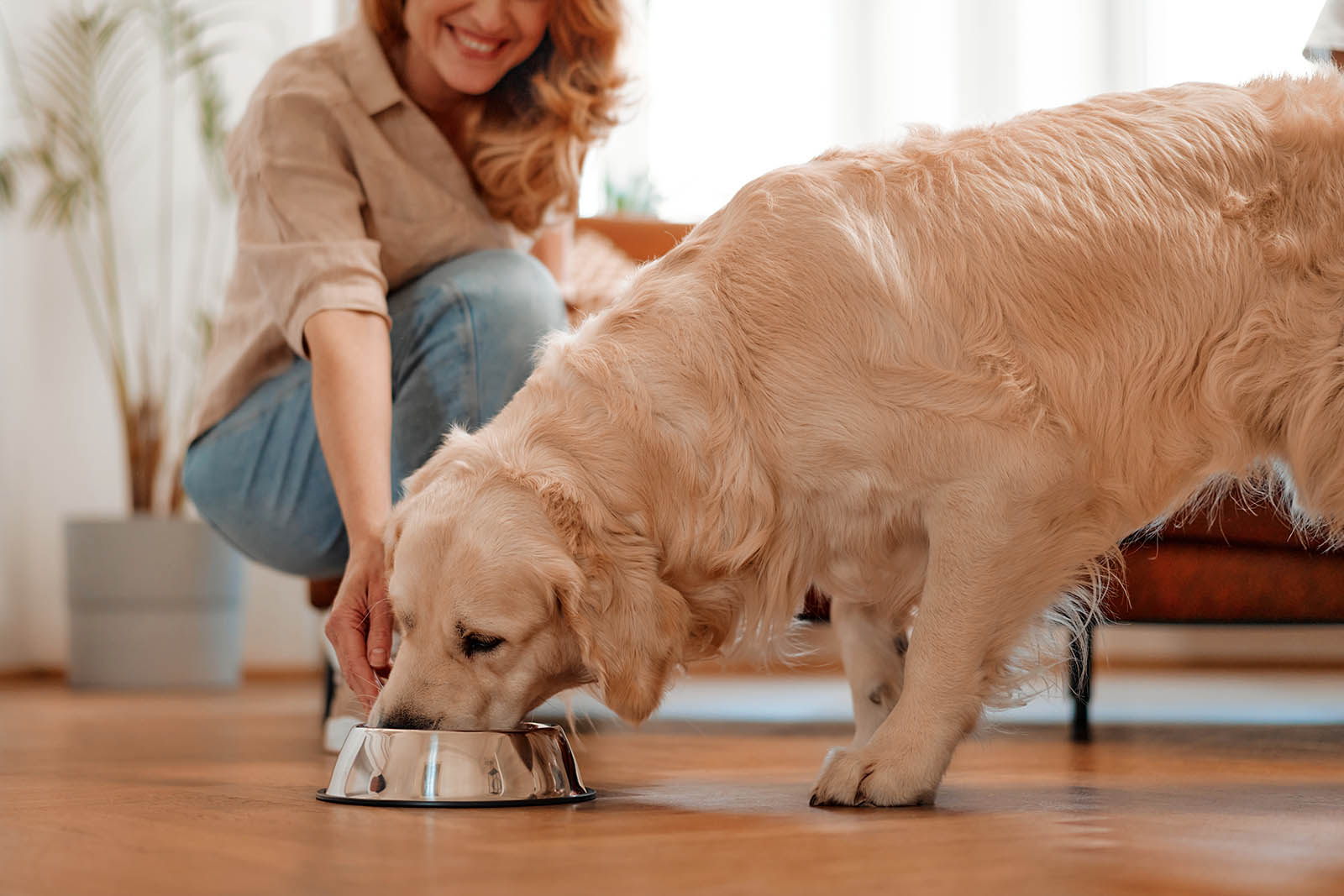Survey Reveals Shifts in Pet Trends Before and After COVID-19

DogFoodAdvisor is reader supported See how
Dog Food Advisor is 100% impartial and is never paid to promote any brand. But if you buy using links on this page, we may earn a referral fee.
COVID-19 changed much about the way we live, both temporarily and — potentially — permanently. This includes how pet parents behave — something a recent survey shows has changed since the pandemic.
Speaking at Petfood Forum 2024, Ingrid Chu, Vice President of Research and Insights at the American Pet Products Association, unveiled key findings from the National Pet Owner Survey (NPOS), providing a comprehensive look at the pet food and pet care markets pre- and post-COVID-19.
Key findings from the survey
Growth in Pet Spending
The NPOS shows an 8.8% increase in pet spending from 2018 to 2024, up from 5.7% from 2009 to 2017. This upwards trend is expected to continue through 2030.
Pet care spending ranks highest among fast-moving consumer goods, highlighting its priority among pet parents.
“What we saw is that pet care is at the top. People are spending more money on pet care over any other fast-moving consumer good,” said Chu.
The pet industry contributed $303 billion to the U.S. economy in 2023.
Stable Pet Ownership Post-Pandemic
Pet ownership levels have stabilized in percentage terms at 63% in 2024, a slight increase from 62% in 2010 but down on pandemic levels. Numerically, the number of pet households has risen, with 58 million having dogs and 40 million having cats as of 2024, compared with an estimated 46 million and 39 million respectively in 2010.
Multi-pet households are returning to pre-pandemic levels as more people return to office work.
Emotional Attachment to Pets
Pet parents are becoming more emotionally attached, with this — rather than economic or lifestyle reasons — causing many not to get new pets after losing one.
Generational Trends
Millennials continue to lead in terms of numbers when it comes to pet parenthood, with Gen Z the only generation showing growth — quickly catching their slightly older compatriots.
Read More: Best Fresh Dog Foods
Post-COVID Spending and Shopping Behavior
Spending habits post-COVID are consistent, though there was a slight increase in those spending less in 2024 compared to 2020 and 2022.
Veterinary care, pet products, and food remain top spending categories for dog and cat parents, with these groups spending the the largest share of their money annually on these products and services.
Brick-and-mortar and online shopping still dominate the market, with in-store browsing rebounding post-pandemic.
Gen Z and Millennials prefer using social media for pet-related shopping and product recommendations, with company websites and Facebook being top sources. TikTok, YouTube, and Instagram are also popular among younger pet owners.
Gen Z has notably increased the number of online pet product purchases, but older generations still favor physical stores.
Gen Z has notably increased their online pet product purchases, while older generations still favor physical stores.
What is the National Pet Owner Survey (NPOS)?
To assess current pet ownership in the U.S., the sample was based off gender, age, region, race/ethnicity, income and household size. A few of the respondent qualifications included being at least 18 or older, nationally represented to current U.S. Census statistics and must have a pet from the following categories: dogs, cats, saltwater and freshwater fish, reptiles, horses, small animals and birds.
The NPOS was conducted in two parts. First, a screener, and second, a detailed pet owner module. There were eight different modules pertaining to the type of animal the person had. A total of 10,156 pet owners completed the survey.
Final word
The Dog Food Advisor does not accept money, gifts, samples or other incentives in exchange for special consideration in preparing our reviews.
However, we do receive a referral fee from online retailers (like Chewy or Amazon) and from sellers of perishable pet food when readers click over to their websites from ours. This helps cover the cost of operation of our free blog. Thanks for your support.
For more information, please visit our Disclaimer and Disclosure page.



